Wherever you go, from the plains to the foothills, along the trails or at the edges of cultivated fields, you may easily encounter a plant resembling a cucumber vine in appearance. However, if disturbed, this plant releases a spray of liquid. This intriguing species is known as the Squirting Cucumber, also known as “Momordica” (Ecballium elaterium).
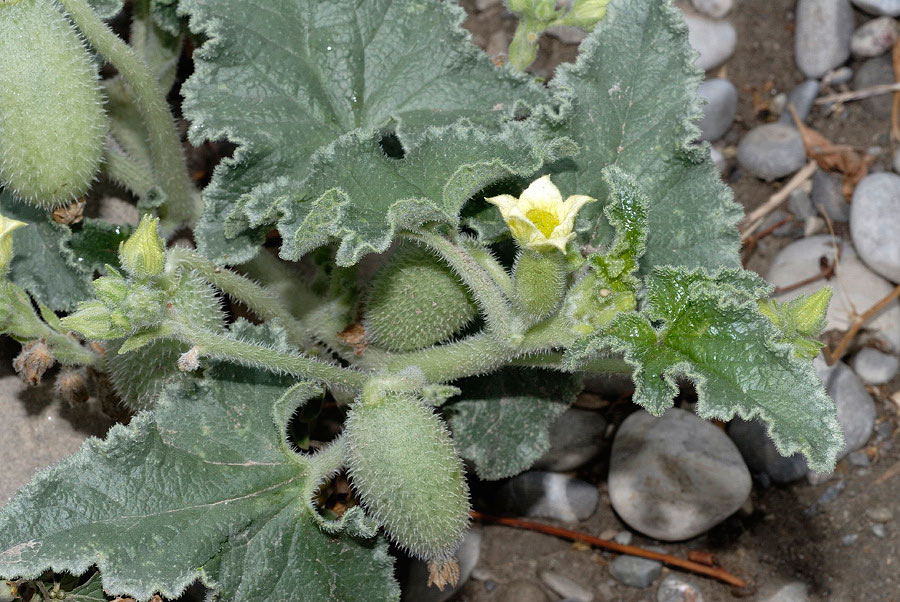
Its botanical name, which derives from the Greek έκτο (ecto) = outside and βάλλω (ballo) = to throw, refers to a peculiarity of the fruit: its ability to “shoot” seeds as far as possible! A remarkable hydraulic pressure builds inside the fruit and, when it ripens, even the slightest touch triggers the release of liquid and seeds. The pressure within a ripe fruit surpasses that of a car tire, enabling the seeds and liquid to be expelled at a speed of approximately 10 m/s and a distance of over 12 meters! The seeds are contained in a viscous liquid, helping them adhere to the feathers of birds or the fur of mammals, facilitating the plant’s ability to spread and colonize far-reaching areas.
The Squirting Cucumber, aptly named for its unique seed dispersal mechanism, is a member of the Cucurbitaceae family. It produces both male and female flowers and, while it is a toxic plant, is widely valued in pharmacology for its diverse medicinal benefits.
As we continue our walk, we observe the oval-shaped berries clustered in bunches, emerging from the autumn blooms of Ivy (Hedera helix), which are beginning to darken. Ivy, a plant familiar to all of us, is widespread and invasive, growing naturally by attaching itself to walls, rocks, trunks, or spreading across the ground as a dense cover. It thrives in cool, moist, and shaded environments.
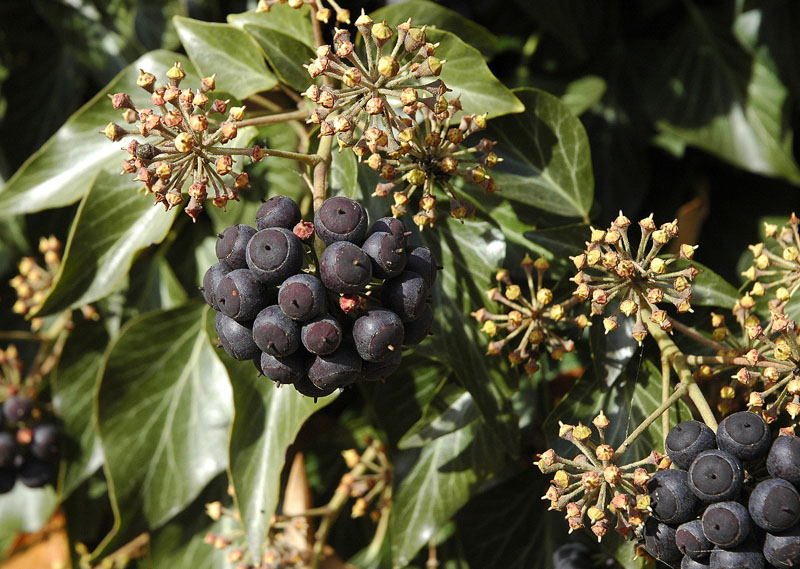
An intriguing characteristic of this species is its pronounced heterophylly. The leaves on young branches that trail along the ground or climb the lower sections of trunks exhibit a palmate-lobed shape. In contrast, the leaves on branches that bear flowers and, subsequently, fruits higher up in full sunlight are ovate-rhomboid in form.
Another interesting feature to observe is the marked heterophylly that characterizes this species: the leaves of the young branches that crawl on the ground or climb on the lower part of the trunks have a palmate-lobed shape, while on the branches that produce flowers and then higher fruits, in full sun, the leaves are ovate-rhomboid.
All parts of the plant, particularly the young leaves and berries, are toxic to humans.
However, its ovoid berries—initially green, turning reddish, and finally blackish-blue when ripe—contain 2 to 3 oblong, wrinkled, reddish seeds that serve as a food source for numerous bird species. Among these are woodpigeons, robins, black redstarts, blackbirds, blackcaps, thrushes (including redwing and song thrush), blue tits, golden orioles, jays, magpies, crows (both grey and black), starlings, crossbills, hawfinches, and corn buntings.
The pine cones of the Stone Pine (Pinus pinea) contain seeds that are highly prized by people of all ages: pine nuts.
The strobili, the scientific term for pine cones, are sessile, meaning they are either attached directly to the branch or supported by a very short stalk. These cones can appear solitary or in pairs, and they are notably heavy and resinous. Their thick, shiny, reddish-brown scales culminate in a prominent pyramidal shield. Each scale encloses two pine nuts, which are protected by a woody shell, adorned with a rudimentary wing, and coated in a black-purple powder. To savour these delectable seeds, one must patiently wait for them to mature over three years!
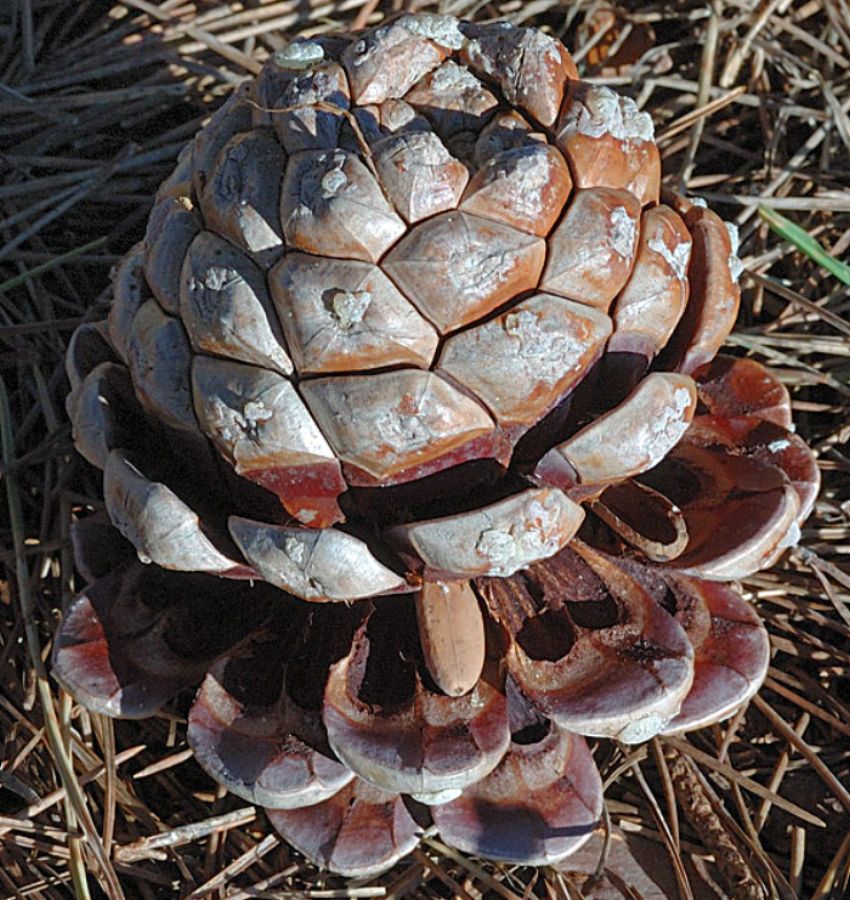
The habitat of this remarkable evergreen tree is predominantly located along coastal regions. The pine tree flourishes in loose, sandy soils at altitudes ranging from 500 to 600 meters above sea level and, in warmer climates, can reach elevations of 800 to 1000 meters. Frequently, it dominates coastal dunes, forming pure pine forests or coexisting with species such as Pinus pinaster, Quercus ilex, Quercus frainetto, Quercus robur, and other Mediterranean sclerophyllous broadleaf trees.
This tree is monoecious, meaning it produces both male and female flowers on the same plant. As with all conifers, it relies on anemophilous pollination, an ancient method of wind-driven pollen transport, allowing female flowers to be fertilized by airborne pollen.
Pine nuts are not only a favorite snack for humans, but are also a sought-after treat for various birds and small rodents. The squirrel (Sciurus vulgaris), for example, is a major consumer of these seeds and primarily feeds while staying in trees. Beneath the branches where it eats, you’ll often find piles of pine cones with a distinct “frayed” appearance characterized by a tuft of scales left on top and a stripped base, evidence of the squirrel’s efforts to reach the seeds. Meanwhile, mice and voles prefer to gnaw on pine cones while on the ground, leaving fewer intact scales than squirrels.
The great spotted woodpecker (Picoides major) has its peculiar approach. It typically eats pine cones by securing them to a tree trunk or wedging them into crevices in the bark. If no suitable cavity is available, it creates one by pecking powerfully until a secure spot is formed. After removing the scales, the woodpecker uses its tongue to extract the seeds. To access the pine nut inside the seed, the bird employs an ingenious technique: it drills a hole in the bark, wedges the seed into it, and delivers a sharp blow with its beak to crack it open and retrieve the nut. Once it finishes one half of the pine cone, the woodpecker flips it over to start on the other side.
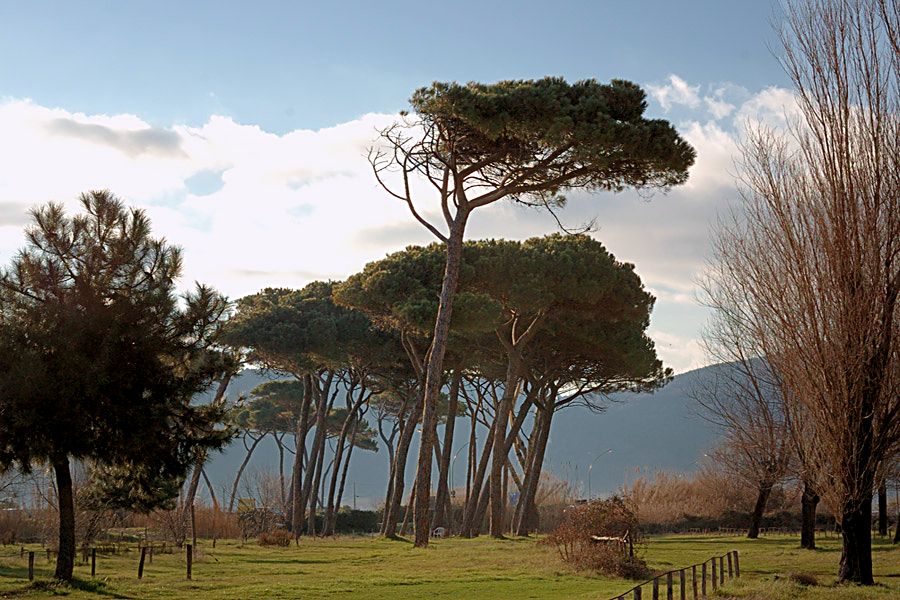
The Crossbill (Loxia curvirostra) feeds directly from pine cones still attached to the tree, utilizing its strong, curved beak with hooked and crossed upper and lower tips. This specialized beak allows it to effortlessly extract and shell the pine cones, while its tongue is used to access the seeds inside.
The Swiss pine (Pinus cembra) produces pine cones that take two years to ripen and remain closed even after falling from the tree. These cones hold delicious seeds that are consumed by squirrels, other rodents, and particularly by birds such as the Jay (Garrulus glandarius) and the Nutcracker (Nucifraga caryocatactes). These corvids are believed by some researchers to play a significant role in the dispersal of the Swiss pine. Additionally, the Swiss pine is highly favored by Alpine deer, who often rely on it as a primary food source during favorable seasons.
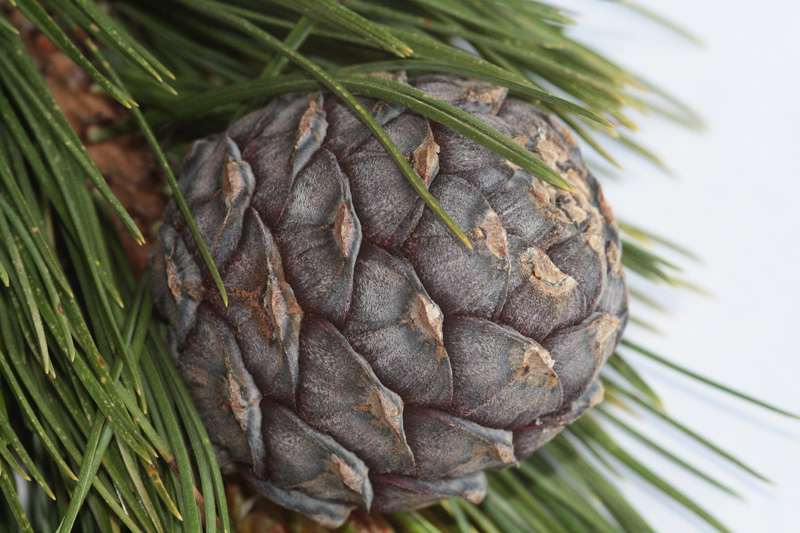
The species thrives in climates characterized by strong continental influences, with its distribution heavily influenced by the distinct conditions of subalpine and alpine environments. In Europe, its most significant presence is found in the Austrian Alps, from where it spreads both to the west and the east.
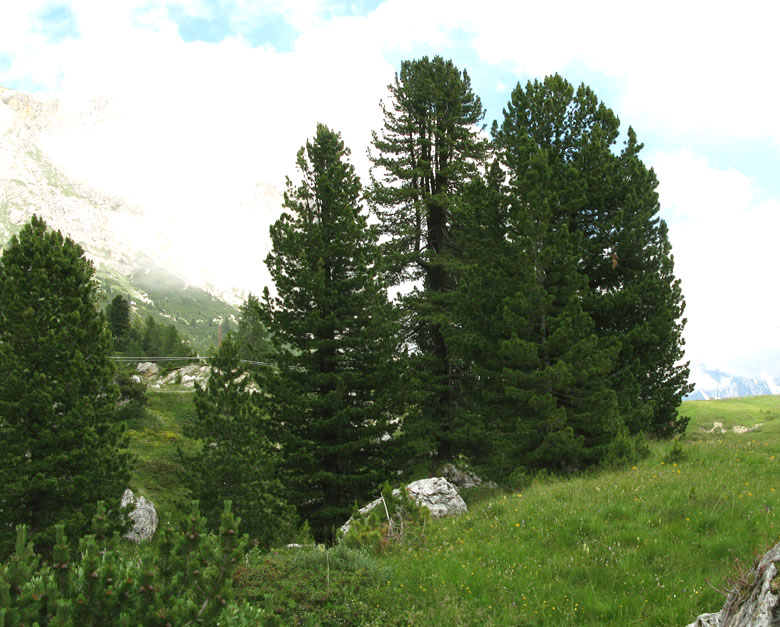
Scholars suggest that the origin of this pine, which thrives at elevations between 1,100 and 2,500 meters and belongs to a group of related species, can be traced back to northern Asia. From there, it migrated to Europe during the Tertiary and Quaternary eras. During the glaciations, it found refuge in regions such as Austria, Switzerland, and northern Italy. In the post-glacial period, the pine significantly expanded its presence in the high-altitude areas of the central Alps. Over time, its range has experienced a marked decline due to climatic changes, human activities such as deforestation, grazing, and fires, and competition from other conifers. However, with the reduction or abandonment of alpine farming, the pine is now seeing moderate growth in areas once used as pastures.
Author: Anna Lacci is a science communicator and an expert in environmental education, sustainability, and geographic studies. She has authored documentaries, nature-focused books, educational notebooks, interdisciplinary teaching tools, and multimedia informational materials.
Translated by Maria Antonietta Sessa


